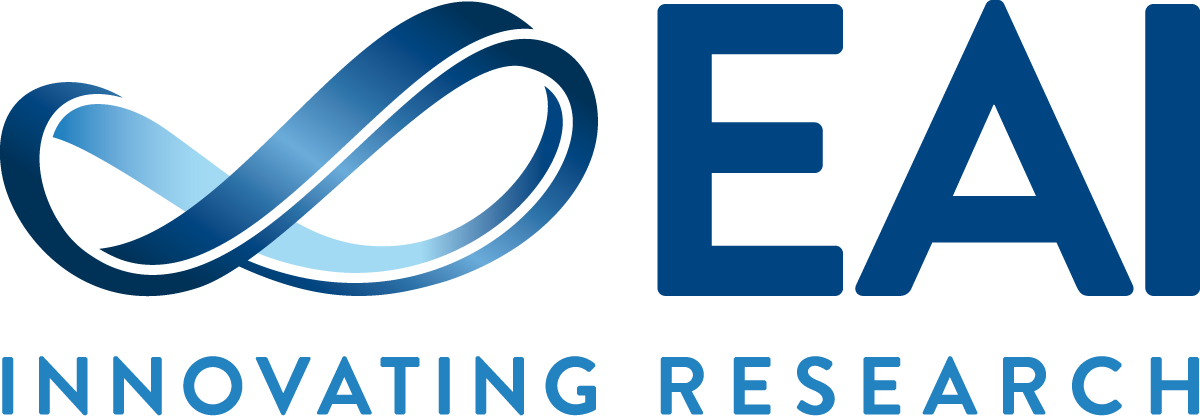This story is based on Aarhus University news release written by Rasmus Rørbæk.
The line between a man and a machine is continuing to blur. Not only are computers in some ways getting better than us (one only needs to remember the recent news of Google’s AlphaGo beating a pro player in a game of Go), but we are witnessing the beginnings of exclusively human intuition being downloaded into a problem-solving machine. Enter quantum computing.
A Danish research team CODER from Aarhus University, led by Associate professor Jacob Sherson, have taken a citizen science approach to the development of quantum computing. A quantum computer represents a dramatic technological jump in terms of computing power, but reaching that potential means solving extremely complex problems that even today’s supercomputers struggle with. This is where crowdsourcing solutions one at a time comes into play.
”It may sound dramatic, but we are currently in a race with technology—and steadily being overtaken in many areas. Features that used to be uniquely human are fully captured by contemporary algorithms. Our results are here to demonstrate that there is still a difference between the abilities of a man and a machine,” explains Jacob Sherson.
One of the computer games that ScienceAtHome, another AU group, has developed, “Quantum Moves“, revealed the area in which humans still outperform computers. Our ability to solve problems heuristically and intuitively, based on our previous experience, is what speeds up our decision-making process in the day to day life. It is not strictly logical, and is therefore very difficult to emulate. Over 10.000 people have played the game, and helped expose the patterns behind our intuitive thinking, demonstrated on the ‘map’ below.

“The map we created gives us insight into the strategies formed by the human brain. We behave intuitively when we need to solve an unknown problem, whereas for a computer this is incomprehensible. A computer churns through enormous amounts of information, but we can choose not to do this by basing our decision on experience or intuition. It is these intuitive insights that we discovered by analysing the Quantum Moves player solutions,” explains Jacob Sherson.
The researchers have found a common thread in how players approached the problem intuitively, essentially tapping into a collective human intuition. This can be in very simple terms described as “jumping to conclusions”, but the conclusions do end up being correct from time to time. What the team has observed is exact, and can as such be downloaded into a computer to speed up its calculations. We recommend watching video demonstration created by AU’s ScienceAtHome group to better understand the bridge between quantum computing and citizen science.
“While Hollywood blockbusters on artificial intelligence are starting to seem increasingly realistic, our results demonstrate that the comparison between man and machine still sometimes favours us. We are very far from computers with human-type cognition,” says Sherson and concludes:
“Our work is first and foremost a big step towards the understanding of quantum physical challenges. We do not know if this can be transferred to other challenging problems, but it is definitely something that we will work hard to resolve in the coming years.”
Research with Quantum Moves is still ongoing throughout the month of April, and you can participate directly.

